A 100-ton cooling tower uses 14,400 gallons of fresh water per day. That’s a small cooling tower, and that’s a lot of water. A 15,000-ton chiller plant (about the size used to cool a major airport) will use a couple million gallons of fresh water on a hot summer day just for cooling operations. People go around fixing drips in faucets and toilets, meanwhile there are millions of gallons of water being evaporated and discharged as blow-down.
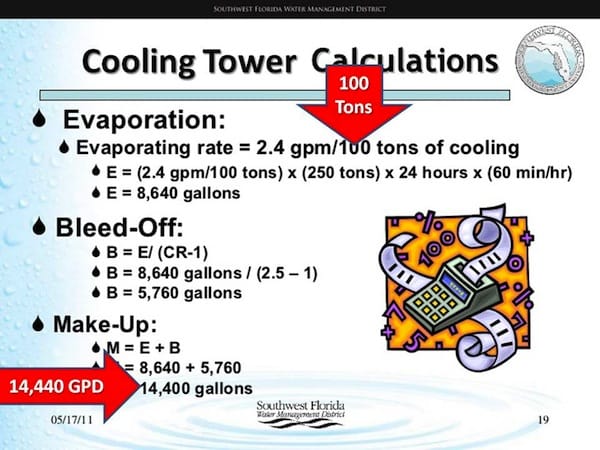 Our industry has begun to embrace elimination of cooling towers for all the right reasons. Consulting engineers and contractors that design geothermal sourced chiller/geothermal heat pump systems for commercial properties are busy. Here are some of the advantages you can give your customers by switching to a geothermal source and eliminating their cooling tower:
Our industry has begun to embrace elimination of cooling towers for all the right reasons. Consulting engineers and contractors that design geothermal sourced chiller/geothermal heat pump systems for commercial properties are busy. Here are some of the advantages you can give your customers by switching to a geothermal source and eliminating their cooling tower:
- Elimination of water consumption associated with cooling towers
- Elimination of tower related noise
- Elimination of chemical treatment for cooling towers
- Reduction in annual maintenance costs for HVAC system
- Storm proofing through elimination of outdoor equipment (the cooling tower)
- Impressive federal tax incentives
- Reduced capital expenditures for regular cooling tower replacement
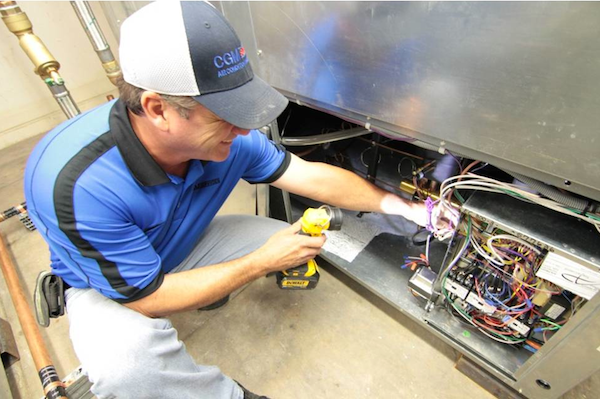 The advantages that can be cited that make a geothermal sourced building more sustainable are many. With a reduction of water consumption (which can be close to half of all the freshwater consumed by a building), your client is saving money and doing a good thing for the environment.
The advantages that can be cited that make a geothermal sourced building more sustainable are many. With a reduction of water consumption (which can be close to half of all the freshwater consumed by a building), your client is saving money and doing a good thing for the environment.
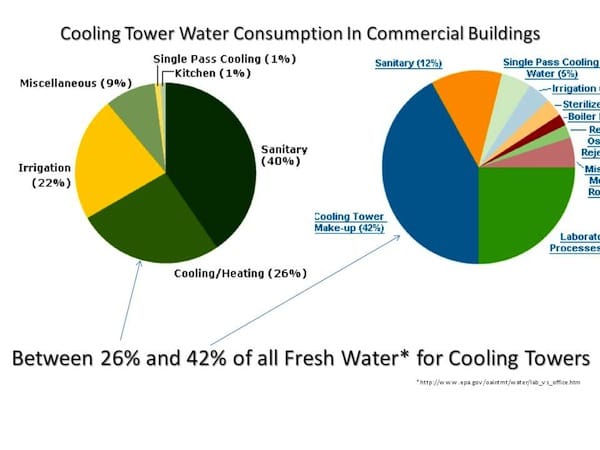 Cooling towers can be rather noisy, and most will agree that elimination of this outside noise would be of benefit to both the public and occupants of the building.
Cooling towers can be rather noisy, and most will agree that elimination of this outside noise would be of benefit to both the public and occupants of the building.
Geothermal sourced chiller plants and heat pumps are more efficient by design, because the condenser water is cooler than can be supplied from an evaporative cooling tower, increasing the EER (Energy Efficiency Rating) substantially.
The average life of a chiller is about three decades, and most chiller plants live through about three cooling tower replacements. With the geothermal source, these expensive planned expenses will go away. Than National Ground Water Association states that the average life of a submersible well pump (like that used in a geothermal application) is about 27 years.
By placing a chiller plant, or any cooling tower-sourced building using water source air-conditioners/heat pumps on a geothermal source, you have created an entirely geothermal sourced building, making the entire building’s HVAC system eligible for federal tax credits. This means that when upgrading chillers and water sourced heat pump, they may be eligible for the current tax credits for geothermal systems.
Most regions of the country and the world have storm events periodically such as hurricanes, tornadoes, blizzards, etc. These storm related events can destroy outside equipment. Many insurance companies will provide credits for elimination of this equipment. The New York Times said, “Geothermal Systems arise as a Storm-proof resource”. Additionally, outside equipment often needs to be winterized, and properly installed geothermal sources may save you these seasonal costs and headaches.
I mentioned federal tax credits a couple of times. They work like this for commercial systems; The federal government gives a 10% federal tax credit, and five year depreciation through the Maximum Accelerated Cost Reduction System (MACRS). With 50% bonus depreciation the first year, a $1 million upgrade can net federal tax incentives amounting to 48% of the entire cost, or federal tax incentives of $480,000.
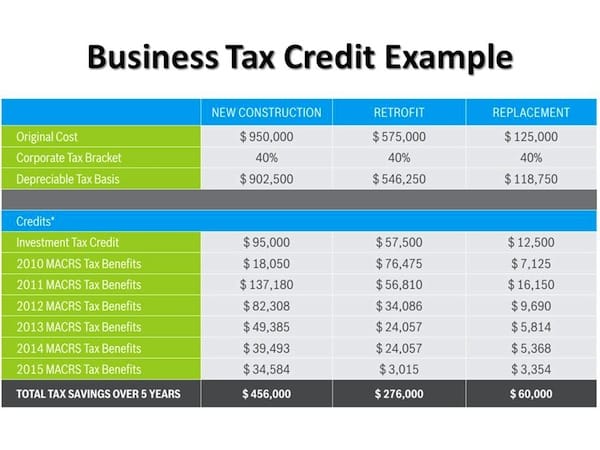 About five years ago, I sat in the conference room with the owner of a prominent MEP firm in Pinellas County, Florida. He said, “There are 25,000 cooling towers in the Tampa Bay Area. I only want to convert 10% of them to geothermal, and I’ll be happy.” It looks like he’s going to meet his goal. Better yet, mechanical contractors are jumping in and becoming skilled at the installation design of the systems, apparently picking up the other 90%.
About five years ago, I sat in the conference room with the owner of a prominent MEP firm in Pinellas County, Florida. He said, “There are 25,000 cooling towers in the Tampa Bay Area. I only want to convert 10% of them to geothermal, and I’ll be happy.” It looks like he’s going to meet his goal. Better yet, mechanical contractors are jumping in and becoming skilled at the installation design of the systems, apparently picking up the other 90%.
This is a marvelous profit center where you can do a great thing for your customers and the environment. So where do you start? Here are some suggestions:
- Read up on geothermal HVAC technologies
- Get someone in your organization trained/certified on geothermal design
- Change your business model to offer geothermal the first time, every time
- Participate regularly in continuing education
- List your firm on the geothermal organization sites
Geothermal HVAC technologies are here to stay. It’s a remarkable profit center and technology of which your business can be proud!
Jay Egg is a geothermal consultant, writer, and the owner of EggGeothermal. He has co-authored two textbooks on geothermal HVAC systems published by McGraw-Hill Professional. He can be reached at jayegg.geo@gmail.com.



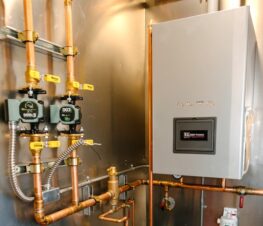
Join the conversation: